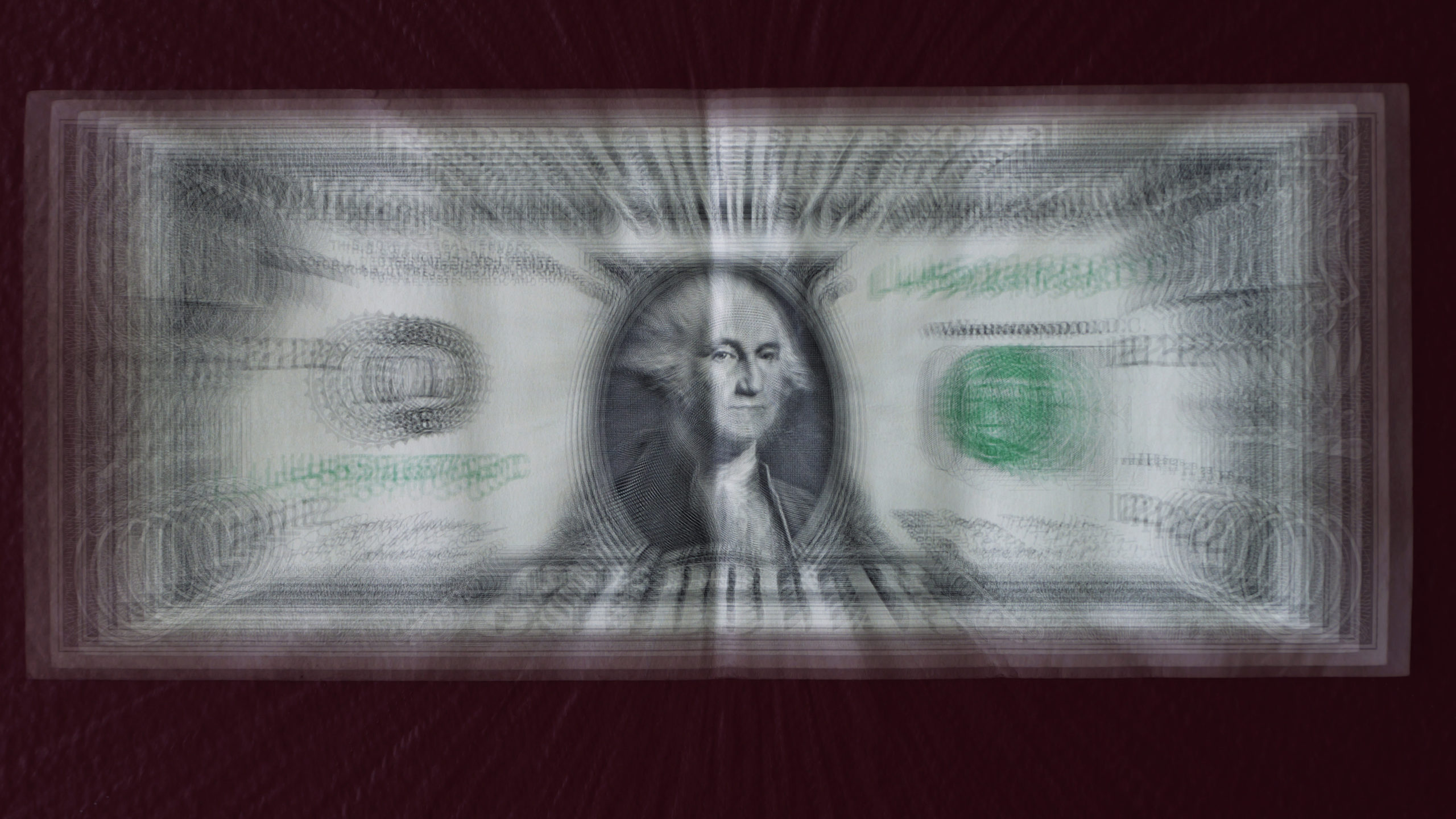A hawkish Fed signals further rate hikes and sees a slowing economy – but not recession

EDITORS’ NOTE: The Federal Reserve is tackling something obvious to any person who spends money (most people): inflation has caused consumer products to become more expensive. As the author states, economic output is slowing and talks of a recession have scared the leaders of our financial institutions and working families alike, with the consequences unforeseen and obfuscated by fear. The Fed is attempting to curve wage inflation by making cash more expensive, while also lowering the job vacancy rate and maintaining the demand from the labor market. The GOP has taken to blaming Democratic spending packages passed last year, and the Democrats have said conflicts in Eastern Europe and waning supply chains are causing malaise of exogenous influence. The Fed has recognized the potential of inflation causing a full-blown economic recession, yet it will wait until September to make such announcements. A recession is certainly possible, but not definitely impending.
The U.S. Federal Reserve hiked its benchmark interest rate by a further three-quarters of a percentage point on July 27, 2022.
The jump was expected by most economists, although some had thought the central bank would go further in its attempts to put the brakes on soaring inflation and impose a full point increase.